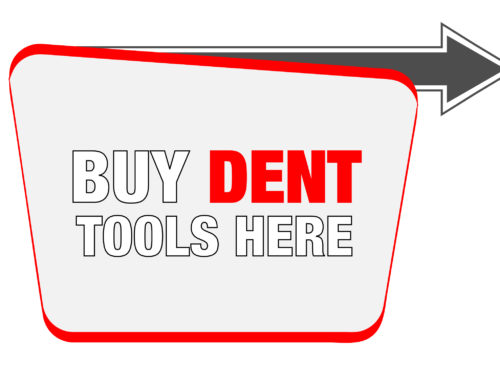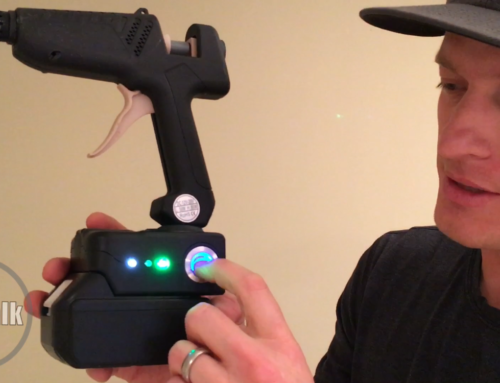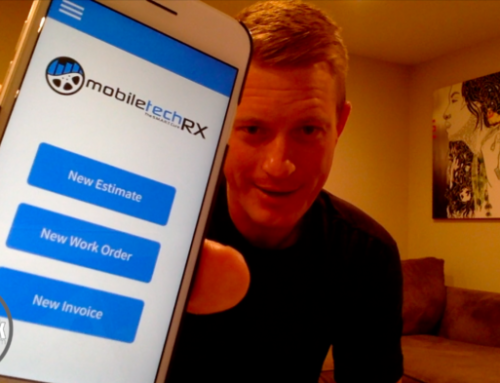
Any paintless dent repair technician or auto body man who has worked with aluminum knows it is a totally different beast than steel. Aluminum body panels have been used on certain luxury cars for decades. However, more and more cars are moving towards aluminum, due to its light weight and comparable strength to steel. Ford’s recent decision to produce an all Aluminum body panel F-150 has brought the light weight metal to the masses.
Aluminum presents many challenges with both PDR and conventional body repair. In general, aluminum is a stiffer metal that takes more force to distort and thus more force to return to its stamped shape. It has more of a tendency to tear rather than bend, when compared to steel. Aluminum can also become contaminated when body repairs are completed on adjacent steel panels or with tools that are used for steel auto body repairs. This is why OEM’s are now requiring body shops to have separate tools, welders, and aluminum isolation rooms in order to become OEM certified for aluminum body repair.
In the PDR world, aluminum is just flat out more difficult to repair than traditional steel. Aluminum tends to feel much stiffer when pushing, thus requiring more force and slower pushes. Most dent guys will tell you that steel has a “memory.” It wants to flow back into it’s stamped shape when PDR is performed properly. Aluminum on the other hand is more stubborn resulting in dents needing to be forced out.
Two auto repair industry groups, ASA and NAPDRT, along with other individuals in the collision repair and PDR industries participated in a study with Volkswagen/Audi of America to try to verify the varied strengths and repairability of steel and aluminum. Click on the link below to learn about the process and results of the test.
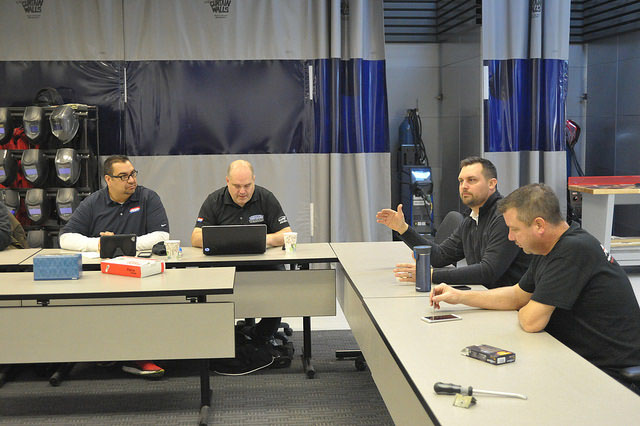
image sourced from NAPDRT e-newsletter
PDR expert and advocate Paul Kordon participated in the study as well. Here is what he had to say:
“Using a dent forming machine with pressure gauge and depth measuring device (Keith Cosentino’s Dent Depth Gauge), we where able to measure how the different alloys reacted to the same amount of force. The study was able to document and therefore justify the reasoning for additional cost when repairing aluminum with PDR.
PDR as an industry has been charging more when it comes to repairs in aluminum. This study scientifically proves that it takes more time, energy, effort, and skill to perform a proper repair.”
Related Comments found within the NAPDRT article:
Doug Richman of Kaiser Aluminum cautioned that not all of the aluminums used by different automakers are the same, and they will act differently during repairs. “The bad news is there’s no way folks in your business can tell which version of aluminum you’re looking at,” he said. “There’s no visual distinguishing characteristics you can
View the entire NAPDRT article HERE
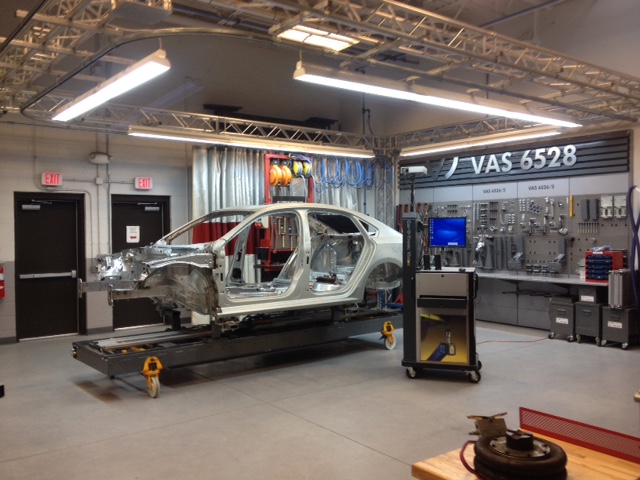
image sourced from NAPDRT e-newsletter





